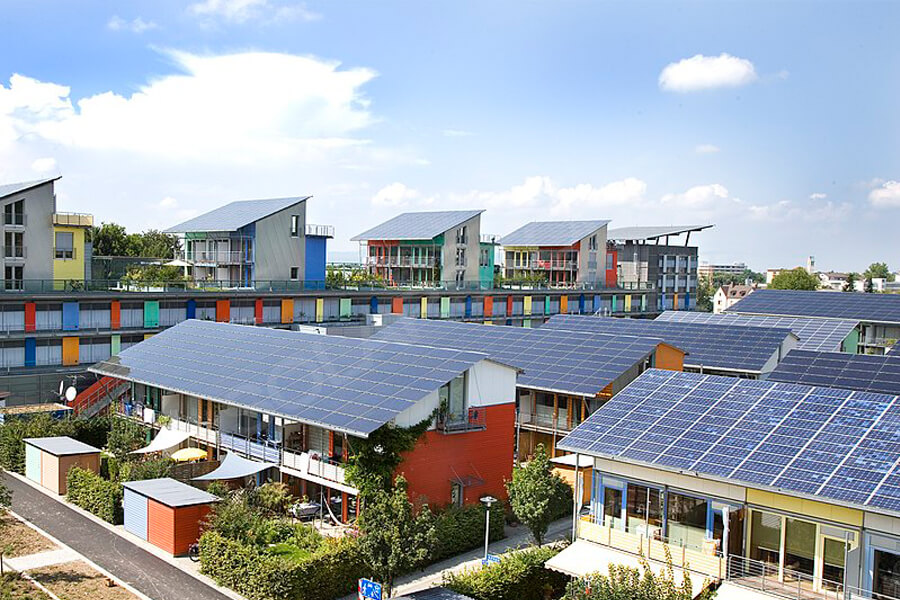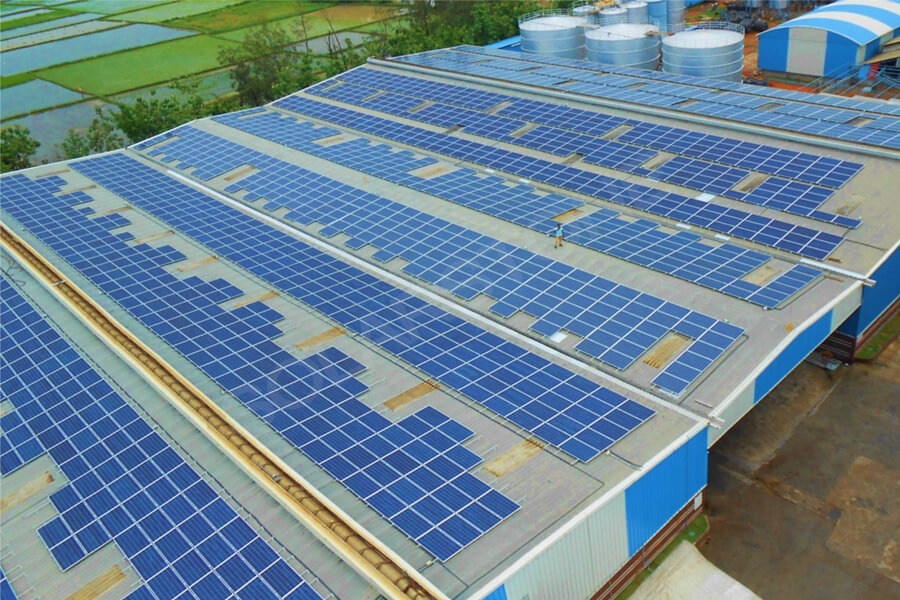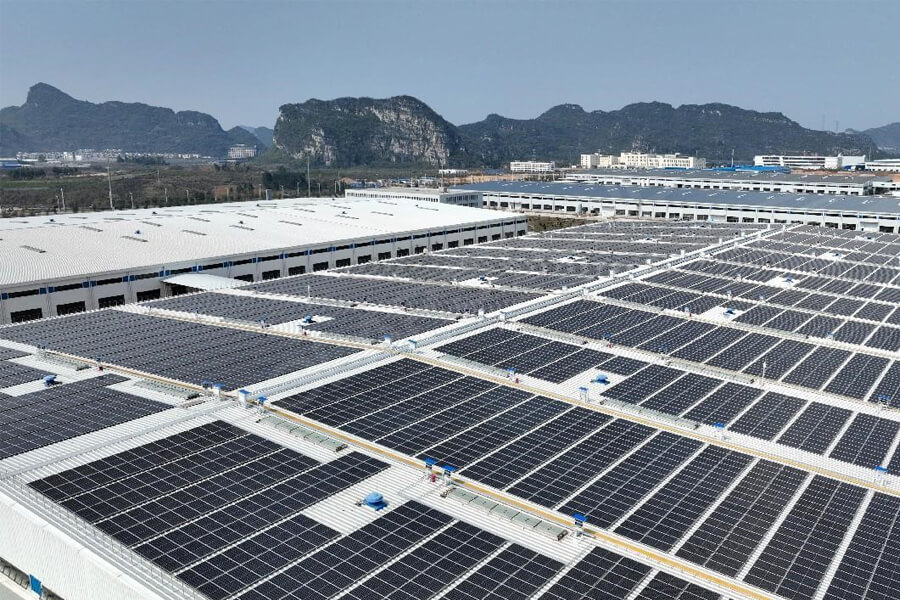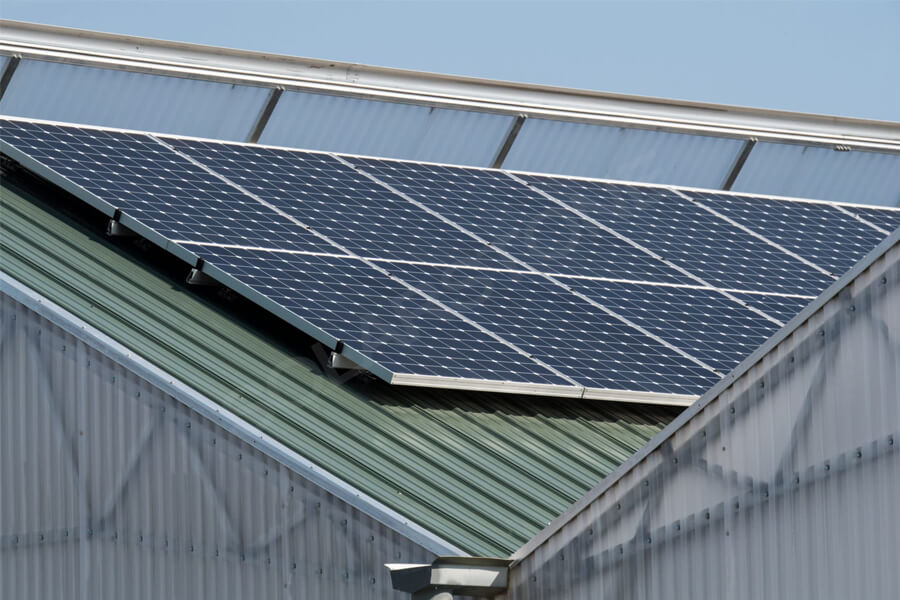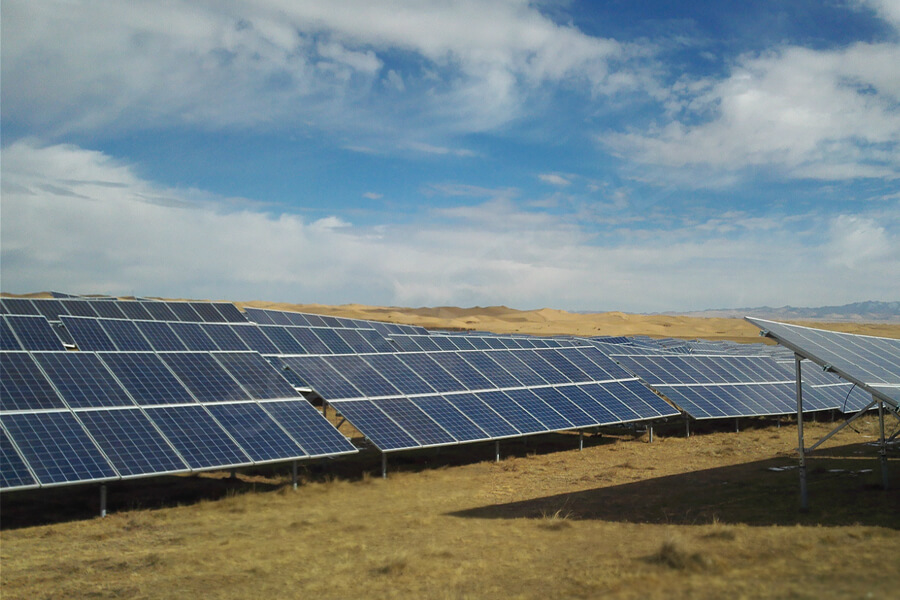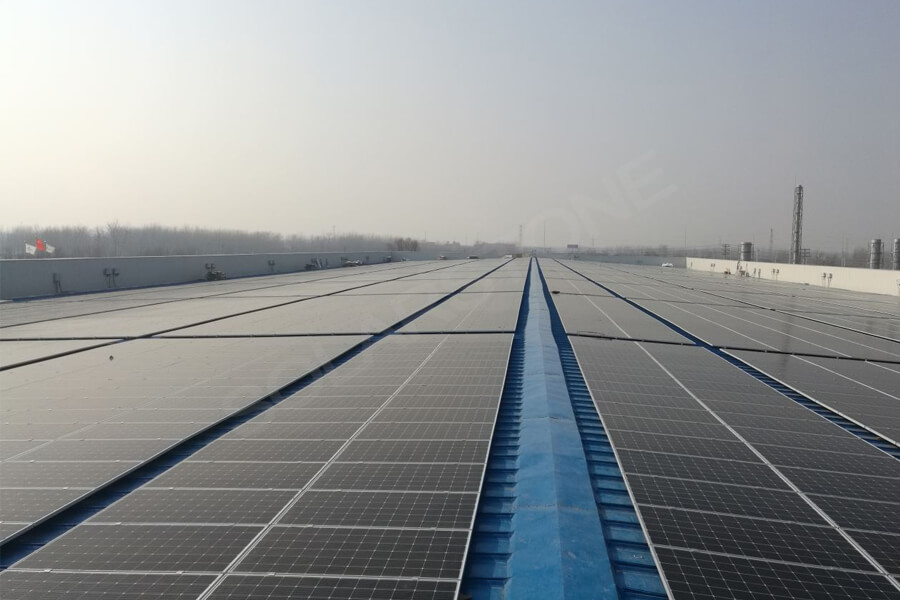Photovoltaic power stations can be divided into centralized power stations and distributed power stations. Centralized power stations are generally built in the northwest region, while distributed photovoltaic systems are relatively scattered, mainly including household photovoltaic and industrial and commercial photovoltaic systems.
Their applications mainly adopt three grid connection settlement methods: spontaneous self use, spontaneous self use, residual power grid connection, and complete grid connection.
What is distributed photovoltaic?
Distributed photovoltaic power plants refer to power generation systems with small installed scale and suitable for placement near users, typically connected to a 10 kV or lower voltage level power grid. The common small-scale household rooftop photovoltaic power plants belong to distributed photovoltaic systems.
What is household photovoltaic?
Household photovoltaic refers to a photovoltaic power station installed on the roofs of residential buildings (mainly rural residents). After the installation is completed, the power station will be integrated into the national grid, and the electricity generated will be prioritized for household use. Unused electricity can be sold to the national grid.
What is Industrial and Commercial Photovoltaics?
Industrial and commercial photovoltaics generally refer to the installation of photovoltaic power plants on industrial and commercial factories and warehouses.
Mainly utilizing the roofs of industrial and commercial enterprises, adopting diversified distributed photovoltaic solutions to convert solar energy into electricity and achieve spontaneous self use of electricity.
What is the difference between household and commercial photovoltaics?
The main difference lies in the scale of power stations, management methods, application processes, policy guidance, and other aspects.
Among them, national policy oriented factors have a significant impact on the entire household photovoltaic power generation, while industrial and commercial photovoltaic itself has a large scale and a large number of participating enterprises, which have strong risk resistance and are less affected by policies.
However, the entry threshold for household photovoltaic power generation is relatively low, mainly targeting individual households and small retail investors.
The scale of power stations is relatively small and the investment cost is not high. In addition, the popularity rate of household photovoltaic power generation is higher due to the booming market in earlier years.
Common grid connection modes of distributed photovoltaics
01 Spontaneous self use
Concept: Refers to the fact that the power generated by distributed photovoltaic power plants is used by the power generation enterprise itself. Suitable for production and manufacturing enterprises that require long-term and long-lasting electricity consumption, with a high demand on the power side and the ability to completely or greatly absorb the electricity generated by photovoltaic power plants.
It is necessary to configure an anti backflow device for alarm, and the inverter adjusts its capacity based on the received signal.
Advantages: Relatively independent, it has significant economic benefits for enterprises with high electricity demand, and is highly practical for scenarios in areas where power transmission is limited or photovoltaic power generation is not supported.
02 Spontaneous self use, surplus electricity connected to the internet
Concept: Refers to enterprises using only a portion of the electricity generated by distributed photovoltaic power plants, with the remaining electricity sold to grid companies. Suitable for enterprises or individual households with low electricity demand in production.
Advantages: Green and environmentally friendly, clean and affordable, while also selling electricity to make money.
03 Fully online
Concept: Refers to the direct connection of the power generated by distributed photovoltaic power stations to the power grid company, and the electricity used by enterprises is obtained from the power grid.
Advantages: Local subsidies are relatively strong, and for enterprises, while enjoying the original electricity price, the additional electricity price benefits of the power station are very considerable.
Overall, the selection of distributed photovoltaic power generation modes and the application of grid connection modes require specific analysis of specific issues.
You can choose the appropriate method based on the installed scale, power generation, enterprise or individual electricity consumption, electricity cycle, local policies, electricity prices, and other related factors of the photovoltaic power station.


